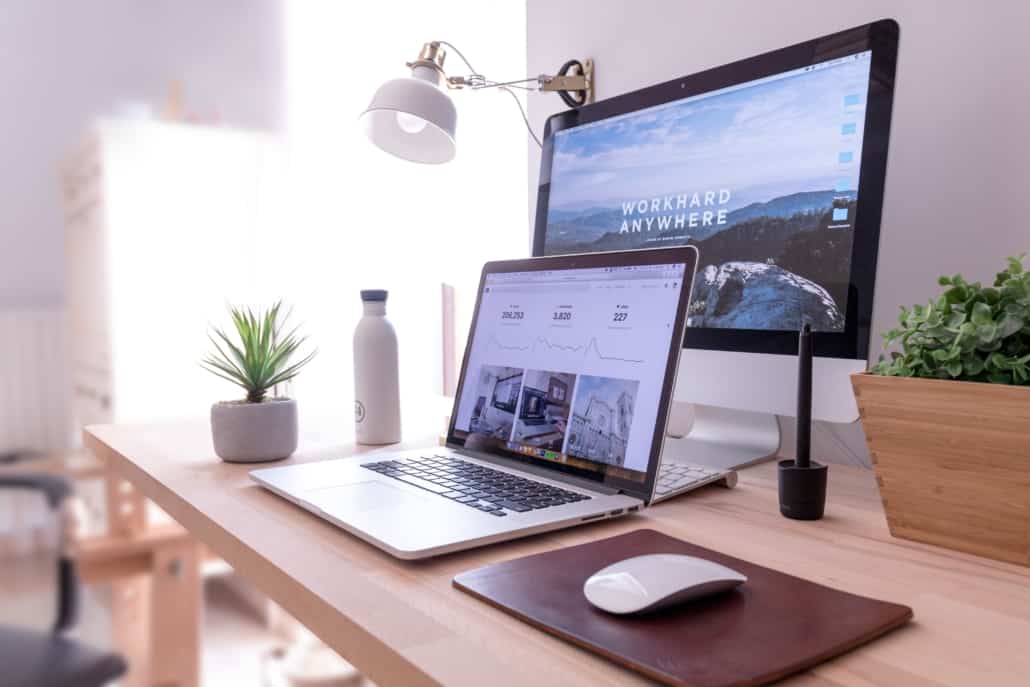What the Olympics and the move to hybrid work have in common

Every four years we have the joy of watching Canadian athletes compete in myriad events at the Summer Olympics. It gives us the chance to cheer and marvel at the individual and team preparations needed to allow our competitors to shine. It seems like every hundred years or so we also face the burden of a major pandemic that reshapes our social, economic and political order. In this case, the COVID-19 crisis, which has caused organizations to rethink how they deliver products and services to their customers—and how and where their employees work. The move to working remotely (at least part of the time) after more than a year of social distancing and relocations is presenting new challenges and opportunities to business owners and leaders across the country.
As they tune in to the Games in Tokyo, those leaders can find unlikely parallels to what is likely a permanent shift to hybrid work arrangements. How? Both involve Herculean movements of people and resources—on a very large scale in the case of the Games, and at a micro level as it applies to medium-sized companies implementing the technology, policies and even workspace changes needed to accommodate a hybrid workforce. The similarities don’t end there:
Both require major preparation
It goes without saying that transporting thousands of athletes, trainers, coaches and other parts of a sporting entourage across a dozen time zones (and during a pandemic, no less) is a complex feat. Success requires years of athletic training, months of logistical strategizing and a determination to make it all work.
Transitioning to a hybrid work set-up isn’t quite as daunting, but it does take careful planning. The first step is simply determining whether it’s right for your organization. Most knowledge-based businesses managed to cope (and in some cases thrive) with remote work as offices and other facilities were shut down throughout the pandemic. Some tech giants have said that hybrid work is a way to save money on commercial space and enhance employee well-being. It’s now part of their long-term HR and staff engagement strategy. Other companies have mandated a return to the office environment. In the latter case, leaders are citing a lack of ideation and collaboration, along with challenges maintaining cultural cohesion while working at a distance.
Planning starts by determining your organization’s—and management’s—comfort level with hybrid work in the first place.
Then start asking questions: How will new employees be on-boarded? What workplace policies and procedures need to be amended to reflect new work styles (all to avoid potential employment law non-compliance, or unforeseen precedents that could result in legal challenges or accusations of constructive dismissal)? How will you work to maintain your company culture and position the organization as an employer of choice, especially if your industry is highly-competitive on the talent side?
Both have a lengthy rule book
Every sport at the Games follows a strict set of rules, many of which are reintroduced to viewers every four years. That’s especially true for events such as fencing, modern pentathlon and canoe slalom that have their moment in the sun before fading back into obscurity after the closing ceremonies. These rules promote fair play, sportsmanship and a level playing field for all competitors.
Organizations that embrace hybrid work arrangements also need guideposts to ensure that the policy works for their specific culture and meets operational requirements. Make no mistake, senior leaders are the ones that need to set the rules and enforce them. That includes everything from the number of days a week that staff can work remotely to performance criteria. It’s not easy to engage a team working off-site, but specific policies will help employees stay connected and focused on achieving their strategic objectives.
Success is measured in performance
Even if they don’t make the podium, Olympic athletes will often work towards a country or personal best in their respective events. Making constant progress over several Games helps push them towards eventually earning a medal (if luck and several competitive pieces fall into place at the right time).
In business, catering to clients with the right products or services (should) mean delivering a gold-medal performance every time. Few clients give kudos for participation. That’s why it’s important to give employees clear performance targets when they work remotely. The simple reason is that without daily, direct oversight, it’s easy to get lost in the corporate woods. Rudder-less employees tend to be less productive. The ensuing reduced productivity, lax innovation and weaker workplace performance mean less revenue and profit for your company.
By clearly articulating to employees what a gold-medal performance looks like (from your clients’ perspective)—and how it can be replicated on a regular basis—your hybrid work initiative will have a far greater chance of success.
The team always comes first
Champion U.S. gymnast Simone Biles pulled herself out of several key events this week after getting a case of the ‘twisties.’ In gymnastics, that’s essentially the occasional disconnect that occurs between mind and body while an athlete is in mid-air and mid-tumble. It’s at that moment that these incredible athletes look vulnerable and run the risk of injury if they miss a landing. Biles suddenly realized that her mind was disqualifying her body from performing her best. So, she took a step back and handed the reins to her team members who had a better chance of earning a medal. She put her team (and in turn, her own mental health) first.
Similarly, it’s the reason why performance measurement matters in hybrid work situations, as does watching out for potential disengagement across a team. If an employee working remotely is faltering or isn’t seen to be pulling their weight, their colleagues—who may have to pick up that slack—could become resentful. When performance is tracked, proper supports are offered and targets are met, it’s far easier to maintain morale. Putting the team first in a business setting means setting performance expectations and holding everyone accountable.
So, what does a podium finish look like when it comes to hybrid work? It’s really about analyzing whether the work styles that made sense during the COVID-19 crisis make sense in a post-pandemic environment, then customizing policies and practices to benefit your business. It’s a process that requires patience and persistence, but when it’s done right, it could give your organization an edge in the competition for top talent.
And there’s nothing quite like a gold-medal performance in the workplace—just ask an Olympian.
George Grignano, Co-Managing Partner
For strategic consulting and risk management advice, contact a member of our team.


